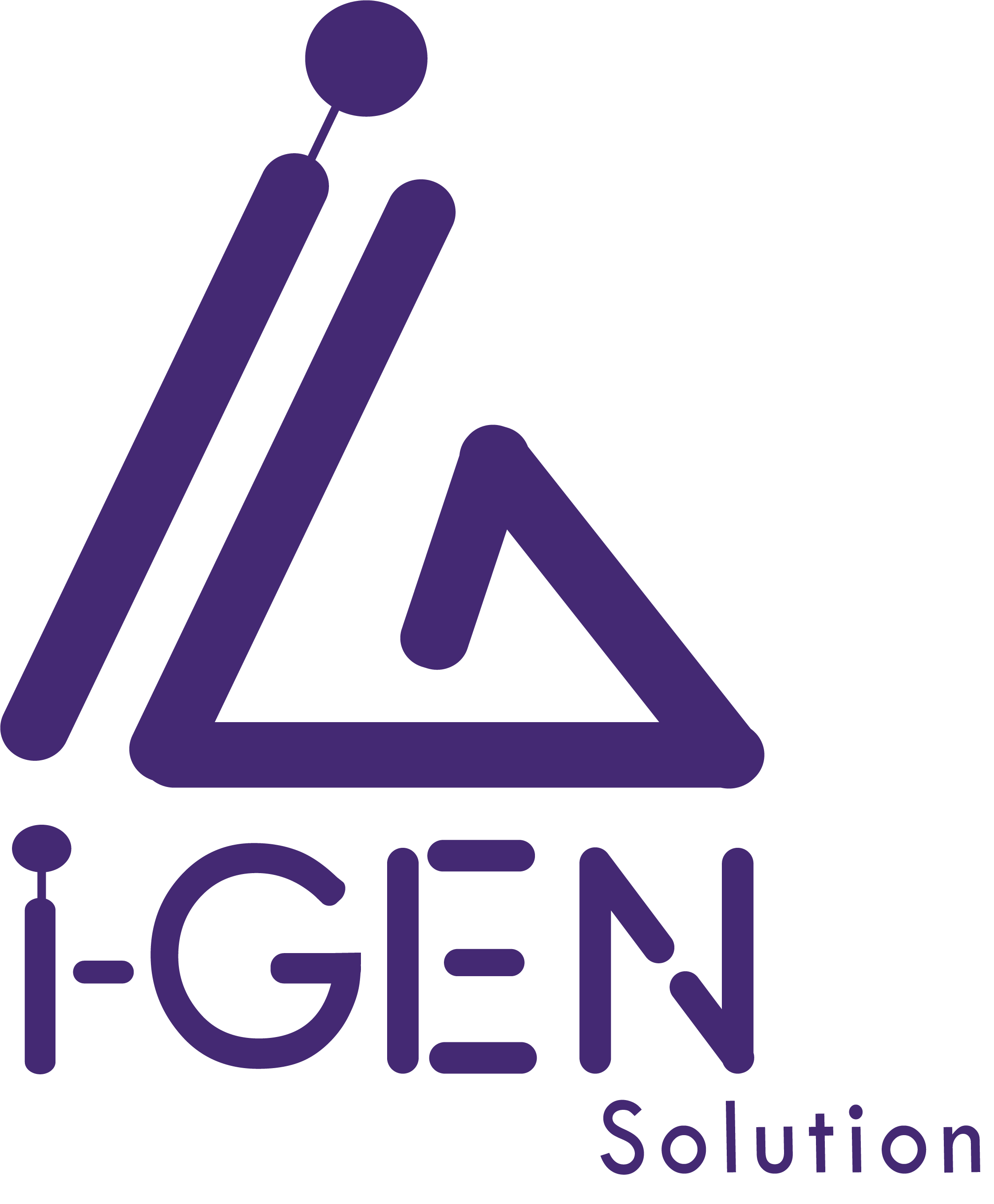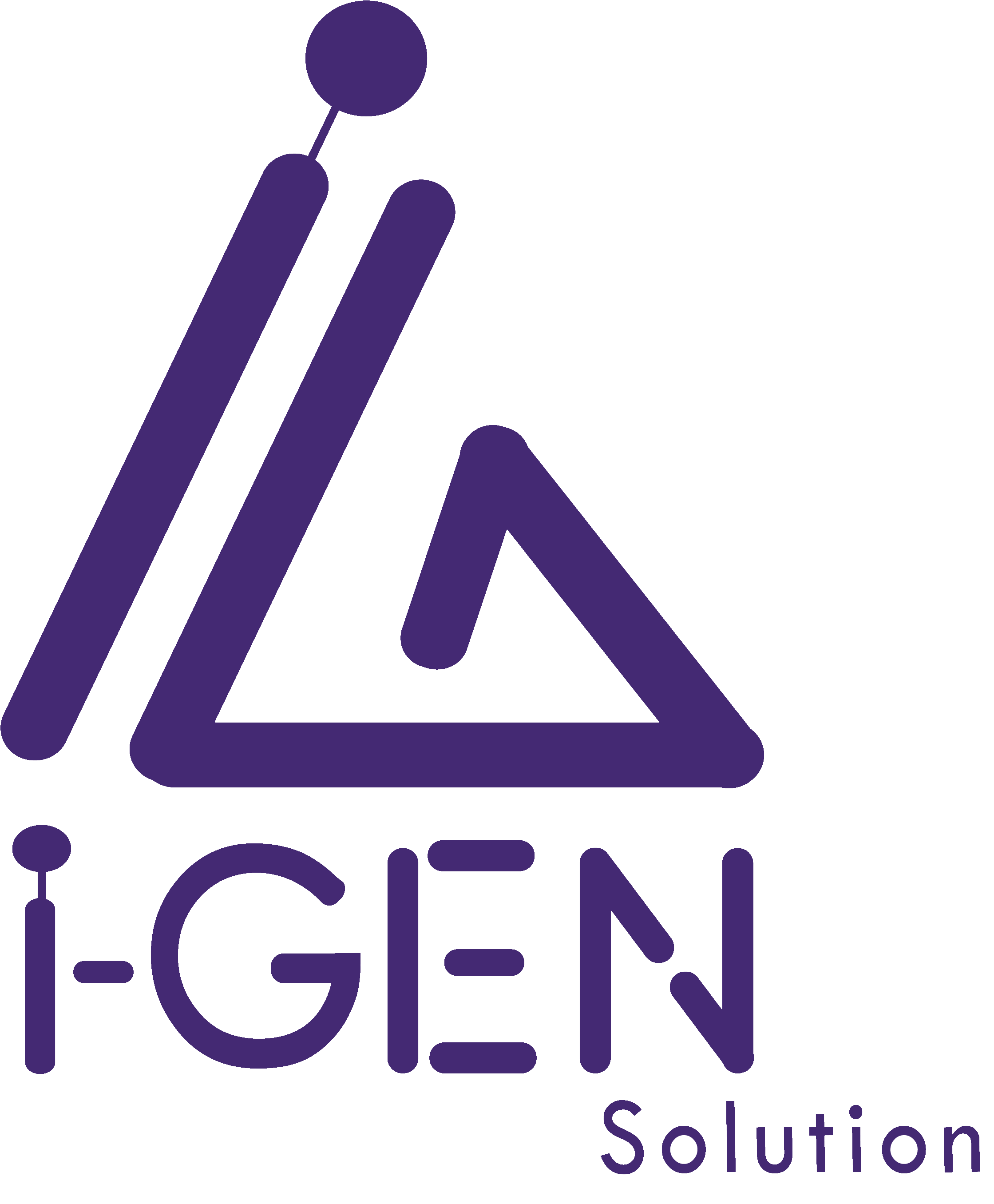How we do Digital Marketing
Digital Marketing
Digital marketing employs online platforms and technologies to strategically connect with target audiences, utilizing a multifaceted approach that includes search engine optimization, content creation, social media engagement, email campaigns, and data analysis. This dynamic and adaptive strategy aims to enhance brand visibility, foster customer relationships, and achieve specific business goals by leveraging the diverse opportunities presented in the digital landscape.

Define Your Objectives
Clearly outline your marketing goals. These could include increasing brand awareness, driving website traffic, generating leads, boosting sales, or a combination of these. Your objectives will serve as the foundation for your entire digital marketing plan.

Identify Your Target Audience
Understand your ideal customers. Develop detailed buyer personas that include demographics, interests, behaviors, and challenges. This understanding will help you tailor your marketing messages to resonate with your target audience effectively.
Create a User-Friendly Website
Your website is the central hub of your online presence. Ensure it is well-designed, mobile-friendly, and optimized for search engines. Provide a positive user experience with clear navigation, compelling visuals, and relevant content.
Implement Search Engine Optimization
Implementing Search Engine Optimization (SEO) involves a systematic approach to enhance a website’s performance in search engine rankings. This comprehensive strategy includes optimizing content, improving technical aspects, and building authoritative links. The objective is to increase visibility on search engine results pages, drive organic traffic, and provide a seamless user experience.

Content Marketing
Content Marketing is a strategic marketing approach focused on creating, distributing, and consistently delivering valuable, relevant, and consistent content to attract and engage a clearly defined audience. The ultimate goal of content marketing is to drive profitable customer action, whether it’s in the form of acquiring new customers, retaining existing ones, or encouraging specific behaviors.

Social Media Marketing
Utilize social media platforms that align with your target audience. Develop a content calendar, engage with your audience, and run targeted ads to increase brand visibility. Tailor your content based on the platform and the preferences of your audience.

Email Marketing
Pay-Per-Click (PPC) Advertising is a digital marketing model where advertisers pay a fee each time their ad is clicked. It is a form of online advertising that allows businesses to place ads on platforms such as search engines, social media, or websites and pay only when a user clicks on the ad. PPC is commonly associated with search engine advertising, where businesses bid on keywords relevant to their target audience. When users search for these keywords, the ads appear at the top or bottom of the search results.

Pay-Per-Click (PPC) Advertising
Use paid advertising on search engines (Google Ads) or social media platforms. Set a budget, choose relevant keywords, and create compelling ad copies to reach a specific audience and drive immediate results.Pay-Per-Click (PPC) Advertising is a digital marketing model where advertisers pay a fee each time their ad is clicked.

Analytics and Data Analysis
Analytics and Data Analysis in the context of digital marketing play a pivotal role in making informed decisions, refining strategies, and optimizing campaigns for better performance. This involves the systematic collection, interpretation, and utilization of data to gain insights into user behavior, campaign effectiveness, and overall business performance.
One crucial aspect of Analytics and Data Analysis is setting up key performance indicators (KPIs) aligned with business goals. These metrics could include website traffic, conversion rates, click-through rates, customer acquisition costs, and more.

Mobile Marketing
Mobile Marketing is a dynamic strategy that specifically targets users on mobile devices, acknowledging the ubiquitous nature of smartphones and tablets in today’s digital landscape. It encompasses various techniques aimed at optimizing the user experience on these devices, recognizing their unique features and capabilities. One fundamental aspect of Mobile Marketing is ensuring that websites are responsive and well-optimized for mobile viewing, providing users with a seamless and enjoyable browsing experience.

Video Marketing
Video Marketing is a digital marketing strategy that involves creating and using videos to promote, educate, or entertain an audience. It has become an increasingly popular and effective way for businesses to engage with their target audience, convey messages, and showcase products or services. Video content is shared across various online platforms, including social media, websites, and video-sharing platforms like YouTube.

Influencer Marketing
Influencer Marketing is a form of digital marketing that involves collaborating with individuals, known as influencers, who have a significant and engaged following on social media platforms or other online channels. The primary goal of influencer marketing is to leverage the influencers’ credibility and influence to reach a wider audience, build brand awareness, and promote products or services.

Customer Relationship Management
Customer Relationship Management (CRM) is a comprehensive strategy and set of practices that focus on building and maintaining strong relationships with customers. The goal of CRM is to enhance customer satisfaction, foster loyalty, and ultimately drive business growth. This is achieved through the effective management of customer interactions and the careful utilization of customer data.

Adaptability and Continuous Improvement
Stay informed about industry trends and be ready to adapt your strategy accordingly. Regularly assess the performance of your digital marketing campaigns and adjust your approach based on the changing landscape and customer behaviors.



